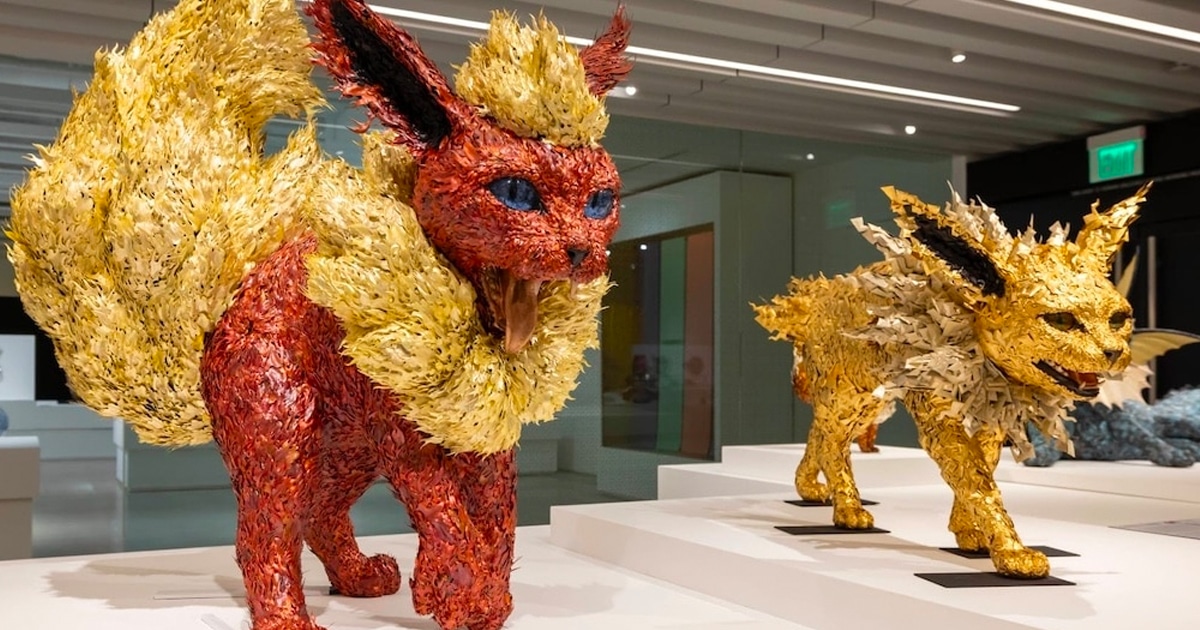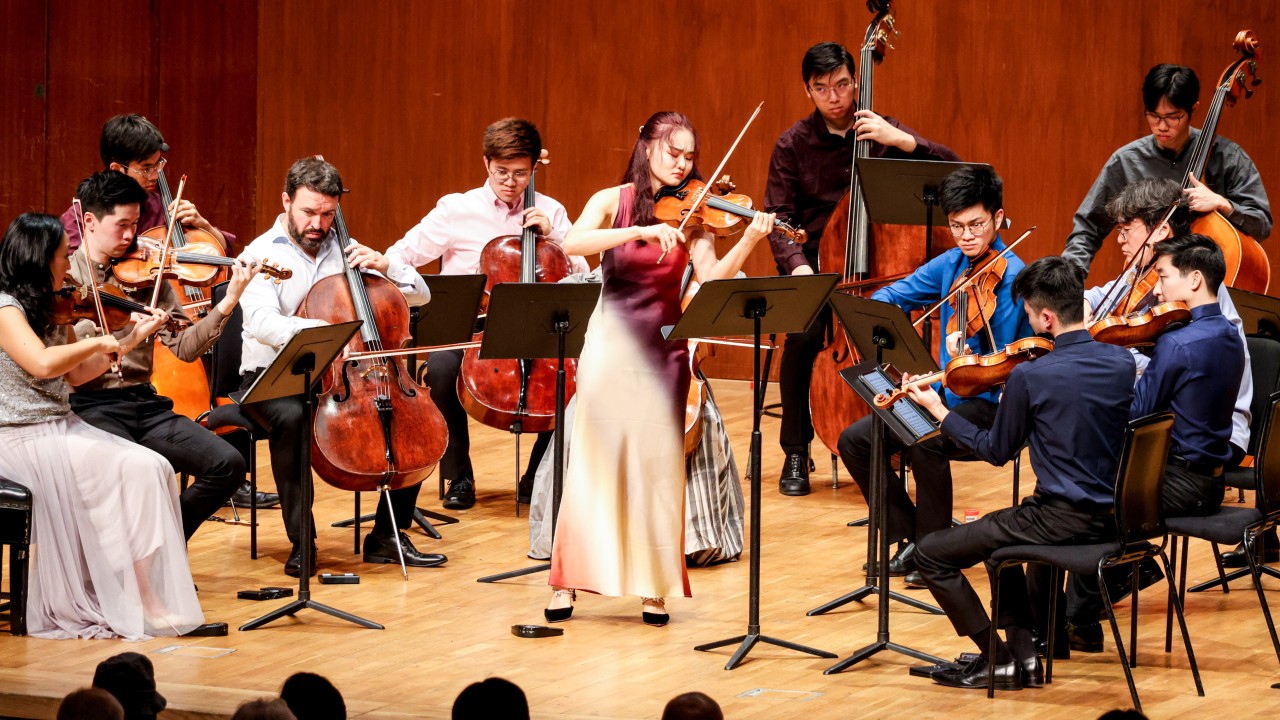Sojourner
2018 - Film & Video (Film & Video)
22:41 minutes
Cauleen Smith
Set to the iconic and spiritual music of Alice Coltrane’s Turiyasangitananda (1937–2007), Cauleen Smith’s film Sojourner travels across the US to visit a series of sites important to an alternative and creative narrative of black history. While the approach may appear spiritual, it is more futuristic (Afrofuturism and Radical Jazz) than religious. Smith is interested in using the individual stories of “those who have formed their own solutions” as a reconstructive and healing lens for considering the past. These individuals include (in addition to Coltrane), Rebecca Cox Jackson (1795–1871), Simon Rodia (1879–1965), and Noah Purifoy (1917–2004). The film ends with a feminist reimagining of a 1966 photograph by Billy Ray at the Watts Tower, with a group of men listening to the radio. The radio is a prop used throughout the film, transmitting words of critique, inspiration and philosophy that serve as a voice over for the film, and an act of shared and collective listening in various scenes.
Cauleen Smith is an artist and filmmaker whose approach has been shaped by the discourse of mid-twentieth-century experimental film — including structuralism, third world cinema, and science fiction. As an African American filmmaker, she approaches her subject with a sensitivity to the history of racial politics in the US and an engagement with the ongoing struggle for black liberation. Her work imagines a version of black experience, a parallel reality, that is feminist, spiritual, and both reverent and defiant. Her recent video installations are often accompanied by wall-paper, reflected light and other interruptions that transform the black box of the gallery.
Colors:
Related works sharing similar palette

© » KADIST
Mohamed Bourouissa
2009The film called Temps Mort (Dead Time or Time Out) presents an exchange of short video footage assembled into one final edit...

© » KADIST
Truong Cong Tung
Truong Cong Tung’s Journey of a Piece of Soil (2013) and its accompanying object-based installation of the same name (2014) consider the function of ritual in larger modes of collective engagement and cultural production...

© » KADIST
Raphaël Zarka
2008Raphaël Zarka discovered the scientific manuscripts of Abraham Sharp while in Oxford...

© » SLASH PARIS
Tsherin Sherpa — What Is It You See? — Almine Rech Gallery — Exhibition — Slash Paris Login Newsletter Twitter Facebook Tsherin Sherpa — What Is It You See? — Almine Rech Gallery — Exhibition — Slash Paris English Français Home Events Artists Venues Magazine Videos Back Previous Next Tsherin Sherpa — What Is It You See? Exhibition Drawing, painting, mixed media Closing Tsherin Sherpa Courtesy de l’artiste & galerie Almine Rech Tsherin Sherpa What Is It You See? Ends in 6 days: January 11 → February 17, 2024 Almine Rech Paris is pleased to present Tsherin Sherpa’s first solo exhibition with the gallery, on view from January 11 to February 17, 2024...

© » KADIST
Runo Lagomarsino
2020On Fire by Runo Lagomarsino comprises twenty pieces of parchment, each of which has had the contours and map of Brazil burned in stages...

© » THEARTNEWSPER
Los Angeles museum repatriates Asante artefacts to Ghana Art market Museums & heritage Exhibitions Books Podcasts Columns Technology Adventures with Van Gogh Search Search Repatriation news Los Angeles museum repatriates Asante artefacts to Ghana The Fowler Museum at UCLA has repatriated seven artefacts that were taken during the Sagrenti War of 1874 Scarlet Cheng 5 February 2024 Share Unidentified member(s) of gold workers' guild (Asante peoples, Kumasi, Ghana), Royal necklace (gorget) or stool ornament; Before 1874; gold Fowler Museum at UCLA, Gift of the Wellcome Trust Seven handcrafted Asante objects have just travelled halfway around the globe to be returned, 150 years later, to the family of their original owners in Kumasi, Ghana...

© » KADIST
Mélanie Matranga
2018My Shape (2018) is the final work of the exhibition “Sorry”, taking the form of a Levi’s denim jacket pattern, expanded three or four times larger than its original shape...

© » ARTS EQUATOR
Migrant Ecologies Project: A Grain of Wheat Inside a Salt Water Crocodile | ArtsEquator Thinking and Talking about Arts and Culture in Southeast Asia Grain of Wheat July 8, 2019 The one grain we were able to find in the wheat from inside the crocodile was inside this husk, now buried inside the mountain in Svalbard...












